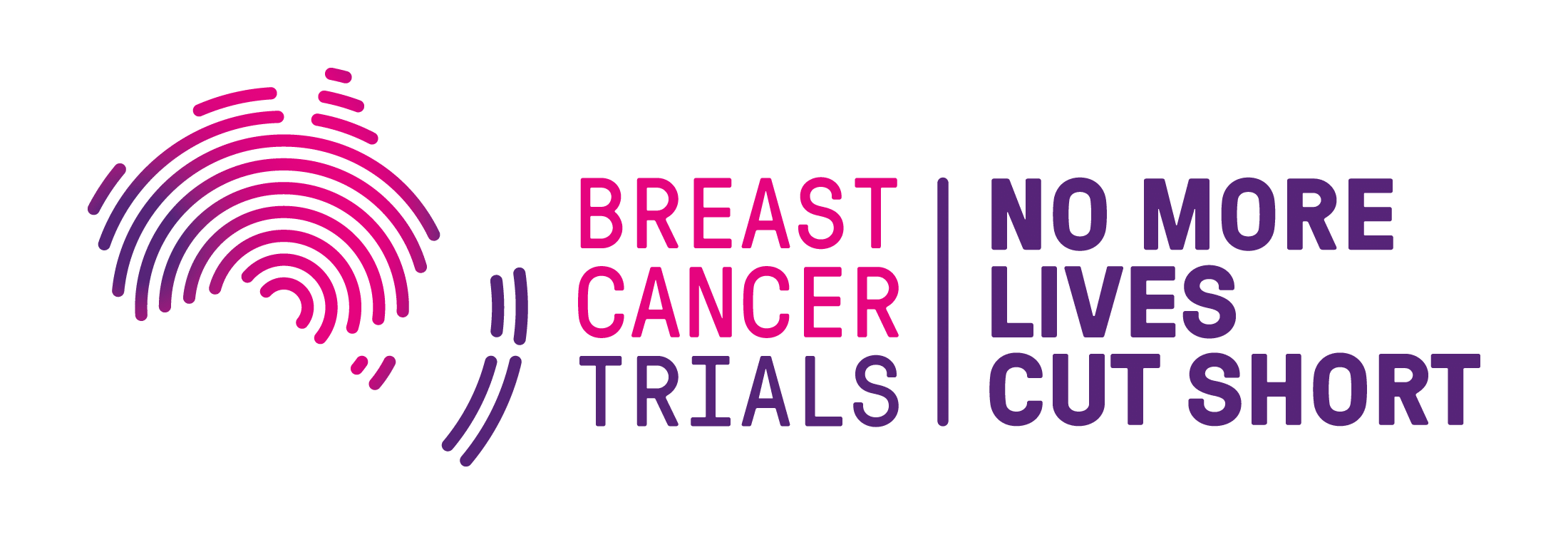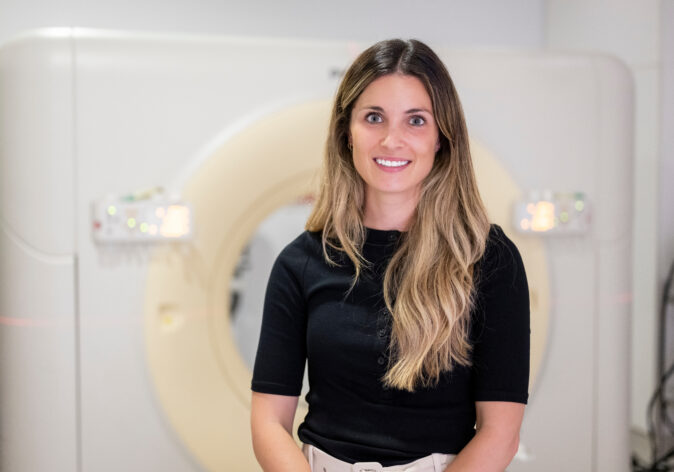Cancer Cases Increasing Worldwide
In Australia and New Zealand, the number of people of people being diagnosed with breast cancer is increasing.
In fact, the Australian Institute of Health and Welfare estimates that this year, breast cancer will be the most commonly diagnosed cancer in Australia, taking over from Prostate Cancer.
This means more than 19 thousand people in Australia and three and a half thousand people in New Zealand will receive a breast cancer diagnosis this year.
However, the breast cancer mortality rate is in decline, which means less people are dying from this disease.
To help make sense of this data, we sat down with Associate Professor Nicholas Wilcken, a Medical Oncologist and Breast Cancer Trials Board Member.
Listen to the podcast
In Australia and New Zealand, the number of people of people being diagnosed with breast cancer is increasing. However, the breast cancer mortality rate is in decline, which means less people are dying from this disease. To help make sense of why this is, we sat down with Associate Professor Nicholas Wilcken, a Medical Oncologist and Breast Cancer Trials Board Member.
Why are Breast Cancer Cases Increasing in Australia and New Zealand?
We asked him if we know why the number of women and men being diagnosed with breast cancer is increasing.
“As a sort of a short cut, breast cancer is in some ways a disease of affluence.”
“Not meaning that poor women don’t get breast cancer but meaning, when you compare rich parts of a country with poor parts of a country or rich countries versus poor countries, or poor countries that are getting richer, like China, what you find is as you become more affluent you get more breast cancer. And that’s thought to be due to a number of factors” he said.
“Some of them are kind of reproductive factors. So, as you live as we do, in a better nourished world, so we’re not starving, we’re not losing weight – that sort of stuff, what you actually find is the age at which women first start getting their periods gets lower. So, in Australia the average is 12. If you go to a poor rural part of China, it’s more like 17 or 18 and that has an impact. That does slightly increase the risk of breast cancer. Similarly, menopause might be a bit later and that slightly increases the risk and then also our pattern of childbearing changes.”
“So, in more impoverished countries women tend to get pregnant very early and that makes breast cancer less likely. I’m not obviously suggesting getting pregnant very early is a good idea but what happens, say as a country becomes more westernised is that women have children later and later for obvious, good reasons, but that does slightly increase your risk of breast cancer. If you’re in a poor country, you will do a lot of breast feeding and you’ll be breast feeding the child for two or three years and that’s protective. Whereas we tend not to do that in Australia.”
Associate Professor Wilcken noted that the ageing population has impacted this number as well, but only slightly.
“Obviously if you don’t die of pneumonia when you’re a kid or a heart attack when you’re middle aged and you’re going to live for longer, you’ve got a bigger chance of getting breast cancer. But I think the main drivers are those hormonal factors to do with periods, childbirth, and being over-nourished.”
Breast Cancer Mortality Is Decreasing
Though we have seen an increase in the number of women being diagnosed, we have also seen a significant decrease in the mortality rate of women being diagnosed with breast cancer.
“The number of deaths has decreased massively” said Associate Professor Wilcken
“Over the last 25 years the mortality rate, you know correct at per capita, has fallen by about 25% and most of that is actually due to clinical trials showing that giving treatments, drug treatments, after breast surgery reduces the risk of the cancer coming back. So, it’s mostly to do with drug treatments and we’ve only known about that because of clinical trials.”
“There’s also probably a component of screening. So, the more screening you have the more likely you are to find cancers a bit earlier and some of those you’ll find early enough that you’ve cured the woman, that you’d otherwise wouldn’t have.”
“The number will continue to decline, although I think we’ve seen the biggest decline since 1990 when these treatments started being used regularly” said Associate Professor Wilcken.
“We’ve had a big fall from say 1990 to 2015, and we’ll continue to have falls, but it’ll be at a slower rate. In other words, we’ve done a lot of the heavy lifting, there’s obviously more to do and that will be slow incremental benefits.”
He said although the mortality rates are important, it’s also worth remember the quality of life improvements that have also been made thanks to clinical trials research.
“The experience of getting breast cancer is obviously very challenging but it’s gradually getting much easier to manage than it was say 20 years ago. For a whole bunch of reasons. The drugs are smarter, the anti-nausea medications are better, the pain medications are better and so on.”
Support Us
Help us to change lives through breast cancer clinical trials research



